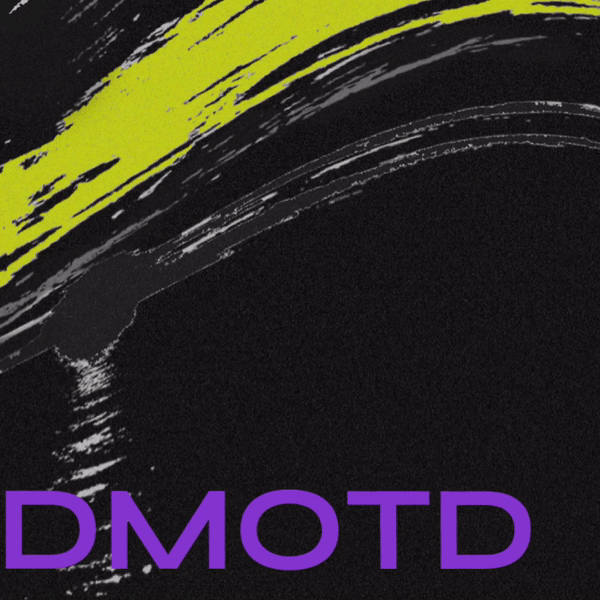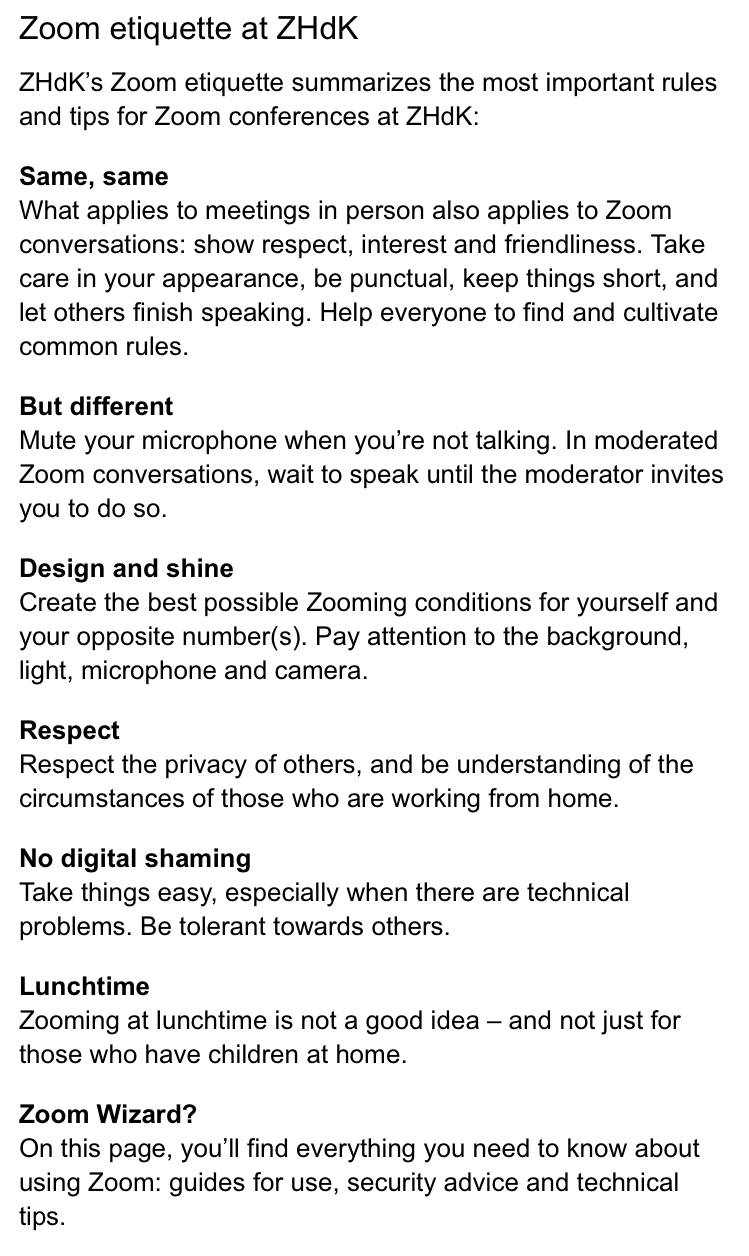This post continues on from the last dispatch from inside of the institution, ‘Disturbing Moment of the Day (DMOTD): Letter from the University’ to map yet another coordinate onto the University’s strange dealings during, with, and of the context of the digitisation of studying during the pandemic.

Since the President’s prescription of a ‘digital detox’ over the Easter weekend (which was the implication not to contact colleagues, and to step away from your own emails and computer work) I spoke to various lecturers, teachers, and department heads about how that email went down. The responses overwhelmingly fell into one of two catergories, or both:
- “It was so condescending and arrogant. It makes no sense to condemn the workers for the overwhelming workload caused by the University’s own decisions to restructure*” or,
- “It was hypocritical for the President to be suggesting a ‘digital detox’ when it is his decisions that have created this techno-intenso situation for teachers, teaching, and for students.”
* The restructuring is the introduction of a ‘Major/Minor’ structure, as referred to in the original ‘Easter detox’ email. This is a decision to change the art school from a ‘freer’ structure that allows students to take courses and modules from different departments, instead keeping them to their own degree programmes – which is widely known to be a cost-cutting action, that is creating a massive amount of work for faculty as they work on the reform alongside day-to-day teaching and general semester obligations.
Today’s DMOTD came in the form of an email from the general University communications newsletter outling a new ‘Zoom Etiquette’, opening with the following passage:

What is a ‘successful Zoom meeting’?
Having been part of the creation of Donatella’s fantastic essay Teaching into the Void, and Geert’s The Anatomy of Zoom Fatigue chorus essay, as well as John Cabot University’s Digital Delights and Disturbances (DDD) session on ‘Logging on and Checking out: from Hybrid Learning to Zoom Fatigue’ – I am radically aware of the disparities between institutions and their self-reflective critique of the ‘hybrid’ teaching situations they are working with and promoting. The DDD session was remarkable in how many of the speakers were in favour of the multitude of reasons why students are choosing to turn their cameras off in Zoom classes (for a good overview, check out Rebecca Barret-Fox’s A Reminder of Who is Hurt by Insisting that Students Share Images of their Personal Lives)
In the last post I kept the identity of the institution anonymous. Now, I don’t feel that that is necessary. With their behaviour repeatedly demonstrating a lack of criticality and consideration, there is no reason why this discourse could not happen in public.
Although this above email announcing a new ‘Zoom Etiquette’ does not explicitly say cameras must be on, many of their suggested points on ‘holding a successful Zoom meeting’ imply that participants would be expected to be visible.
The points of etiquette are as follows:

The most awkward points for me were those directing one to ‘take care in your appearance’ and ‘Design and Shine (lol): Create the best possible Zooming conditions for yourself and your opposite number(s). Pay attention to light, microphone and camera.’ These are the precise points noted by Geert as causing Zoom fatigue: the constant checking of how one looks, continual self-monitoring… though I didn’t expect that the University would now we giving fashion directives for what-to-wear whilst ‘Zooming.’
Within seconds you are encapsulated by the performative self that is you.
Am I moving my head, adjusting myself to a more favourable position?
Does this angle flatter me? Do I look as though I’m paying attention?– from The Anatomy of Zoom Fatigue
Donatella had similar findings, and her suggestion of using a ring light—“…a face-flattering ‘doughnut of light’. A miracle lighting device that ‘cleans’ your face of all shadows by delivering brightness in a circle rather than from a single point”—seems to be endorsed by the University.
Reading Between The Lines
If we are expected to take care in what we wear, to tend to our backgrounds, and make sure there is good lighting on our face, then one can read between the lines that cameras should be on. After long losing count of the hours spent on Zoom for lectures, seminars, workshops, labs, long modules, and guest appearances – I can safely say my ‘Zoom politics’ now lay firmly on the side of ‘cameras off is NBD.’ As an adult studying a master’s degree, surveillance is a reduntant tactic in the presence of my self motivation to show up in the meeting at all. Being able to listen whilst laying on the floor makes life livable for many of us at the moment. And even if we are infront of the screen, camera off can provide more comfort, ability to pay attention, and general energy towards engagement – rather than spending the session distracted by looking at how good my performance of an ‘interested face’ is going.
I’ll end my response to the ‘Zoom Etiquette’ points by quoting digital art curator Michelle Kasprzak in her Anti-Video-Chat-Manifesto:
‘DOWN with the tyranny of the lipstick and hairbrush ever beside the computer, to adjust your looks to fit expectations of looking “professional”. DOWN with the adjustment of lighting, tweaking of backgrounds, and endless futzing to look professional, normal, composed, and in a serene environment. DOWN with not knowing where to put your eyes and then recalling you need to gaze at the camera, the dead eye in your laptop lid.’
We second Kasprzak on this, just another, Disturbing Moment of the Day (DMOTD) living life in the University during the pandemic.

